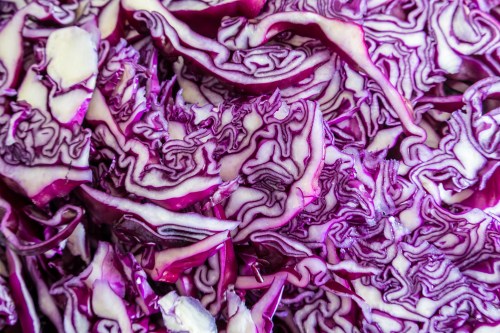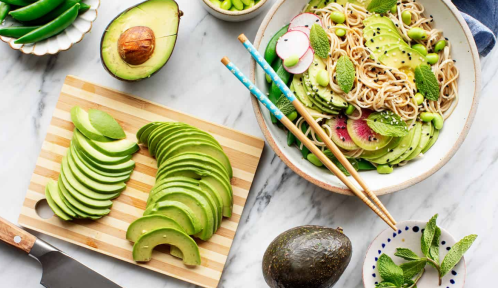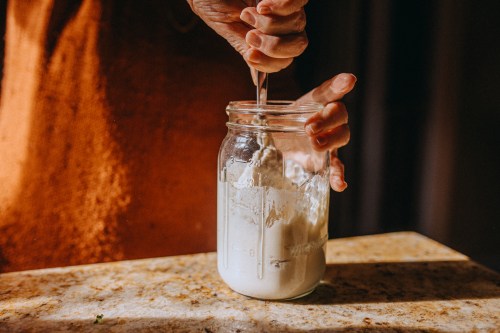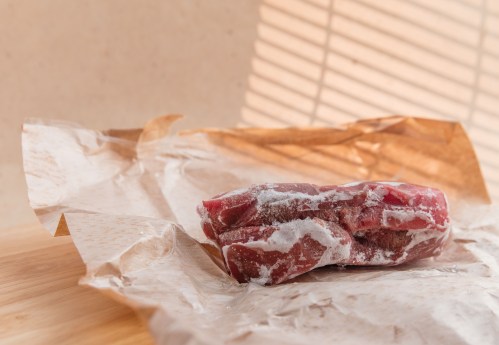Making a purchase through our links may earn Well+Good a commission
Ill admit it.
I have a bit of abasil obsession.
Better yet, its divine sprinkled over some cheesyhomemade pizzathat just came out of the oven.

The herb garden MVP has the power to take any dish up a notch.
Still, despite its culinary prowess, having fresh basil on hand at all times isnt always doable.
Or, maybe youve tried keeping a basil plant alive and failed (been there).

…
Dry basil makes it super convenient to add the herb to any dish while eliminating food waste.
Flavorwise, you may taste a difference between dry basil and fresh basil, but in a good way.
In particular, she loves adding dried basil to sauces and seasonings.

Beyond just flavor, basil also provides numerous health benefits.
Basil oilsare knownto have antioxidant, antimicrobial, and anticancer properties, Poon says.
It has alsobeen shown to supportdecreased inflammation and stress and improved immune function, cognition, and oral health.

In short, you need basil in your life.
And dry basil, in particular, is great to have on hand for spontaneous dishes.
How to dry basil
There are many different ways to dry basil.

…
Poon prefers doing so in a dehydrator as its the easiest method.
Heres how to dry basil in three different ways, step by step.
(If youre opting to hang dry your basil, Poon advises skipping the de-stemming step.

)Once your basils nice and clean, pat them between paper towels to remove extra moisture.
Dont skimp on this step.
Poon says its important that all the leaves are fully dry before placing them in a dehydrator or oven.

Allow the basil leaves to dehydrate for up to 24 hours.
Poon recommends checking in every few hours to see if the basil is ready.
…
Got it, you’ve been added to our email list.